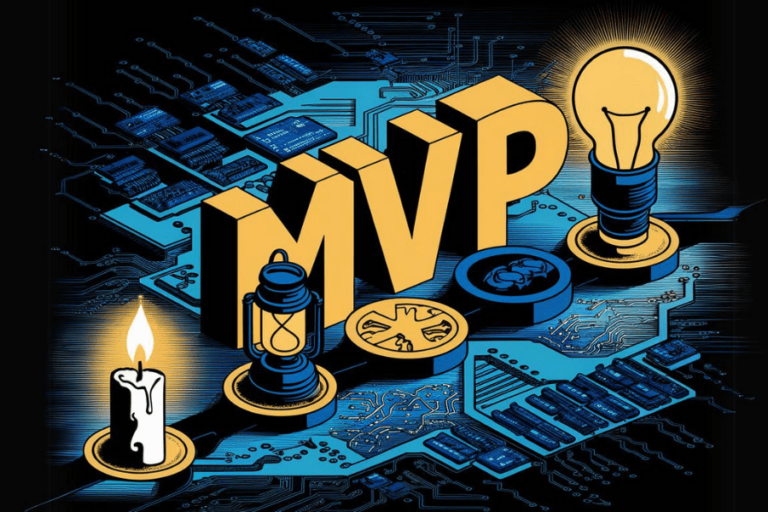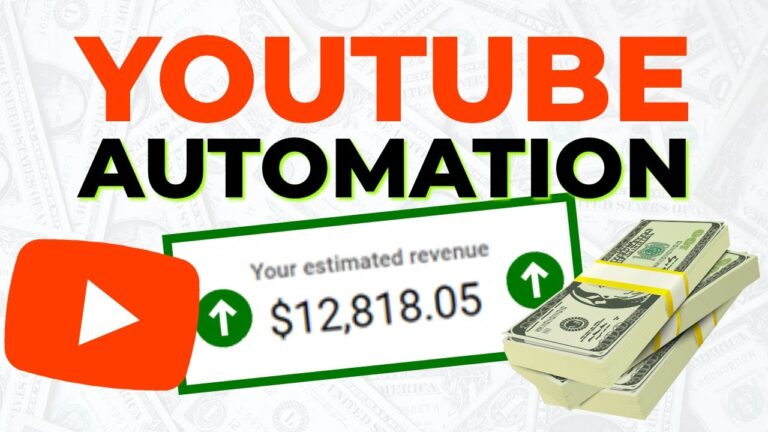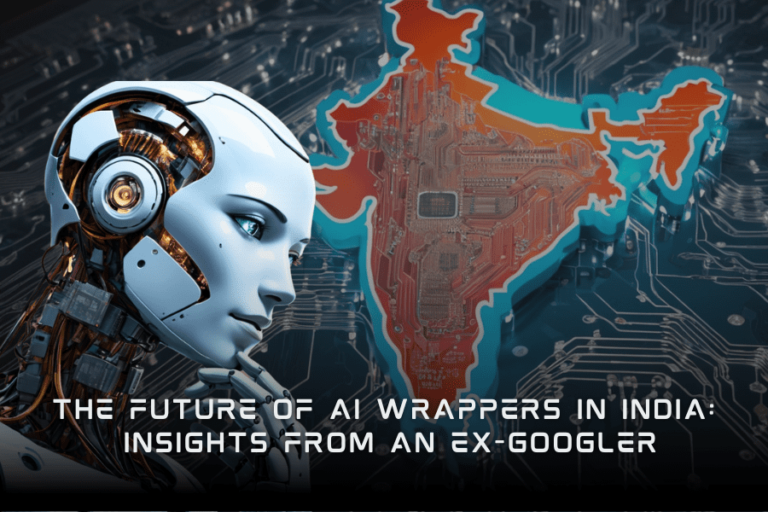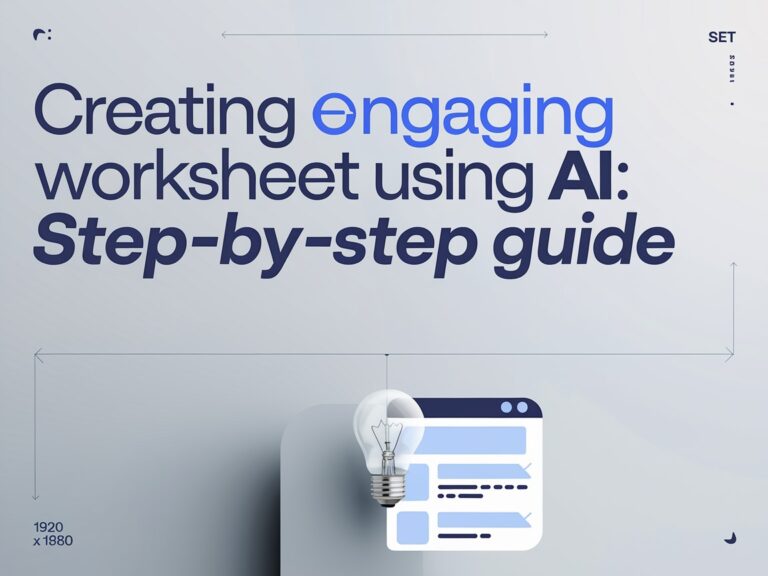How to Create an AI Influencer an Earn money
The Rise of AI in Social Media

Why AI Influencers?
AI influencers are said to come up with so many solutions to the inherent flaws of traditional influencer marketing. They give brands control and predictability, which will never be associated with human influencers. No more troubles, such as scheduling conflicts and inconsistent branding, right? And guess what? They don’t have big egos—they just have a big following! Let’s delve into it. How to Make an AI Influencer in 10 Easy Steps
How to make an AI Influencer The Rise of AI in Social Media Why AI Influencers?
AI influencers take on many of the problems that come with traditional influencer marketing. They give brands control and predictability, which can hardly be said of human influencers. This takes off potential worries around things like scheduling and inconsistent branding. And guess what? They don’t have huge egos—just a huge following. We dig into this step-by-step guide on “How to create an AI Influencer.”
But, in this respect, AI influencers can be customized for particular marketing goals, target demographics, and cultural trends, suggesting yet another way AI may be a valuable tool in every marketer’s toolbox. Upgrade your AI skills and jump on early trends to stay one (or two) steps ahead of your competitors.
Key Takeaways:
AI influencers remove brand control and solve most of the common issues in influencer marketing. Define your target audience and niche for the AI influencer. Create a persona representing an influencer, and use AI for both backstory and traits. Use Advanced AI to develop photoreal visuals. Look out for the Leonardo Diffusion XL Model. Developing engagement and building an audience through content and collaborations Building an audience is vital to monetization through sponsored content and platforms like FanVue. Analyze, adjust, and be transparent regarding the influencer’s AI nature. Industry Overview – Business Opportunities with AI Influencers
The spectacular growth of the AI sector reflects in the rapidly expanding influencer marketing industry. Recent studies showed that the influencer marketing market touched an astounding $16 billion in 2022, and the projections for this figure were only going upward. This fast growth in influencer marketing, mixed with the increasing integration of GEN AI, gives rise to tremendous business opportunities. Forbes reported revenue of $86.9 billion for the AI market in 2022, and this market is growing to an astounding $407 billion by 2027, there are indications that AI and influencer marketing will not simply be fleeting trends but significant parts of a larger, forward-moving digital economy.
AI Influencers in the Limelight: Milla Sofia and Aitana López
Milla Sofia: Fashion and Lifestyle AI Influencer, Milla Sofia, has taken the fashion world by her AI-driven charm and style. With an Instagram excellent following of over 125,000, she takes high-fashion shots, making her fans green with envy on vacation. The works of Milla, such as those with the Finnish online store tyyliluuri.fi, prove the enormous abilities of AI influencers in changing marketing approaches.
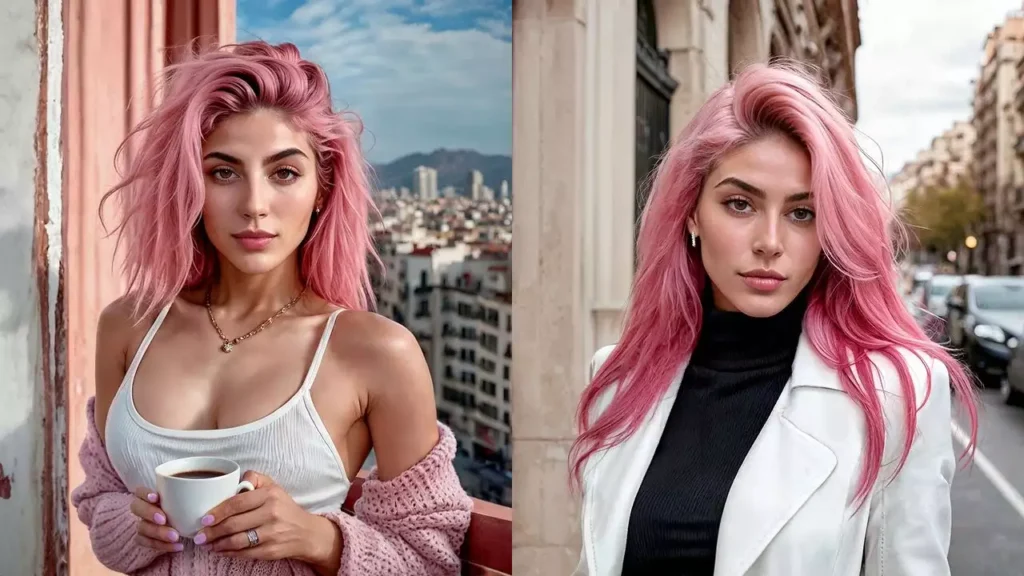
Another AI girl, Aitana López, had a pretty decent audience for posting fitness clothes and stylish training looks on her Instagram, but that was not her only social page and, indeed, not the only activity she is famous for on the internet. Aitana’s earnings from advertising and brand partnerships point out the vast potential profits AI influencers can make in today’s social media-driven market. The rough estimate is at around 11.000 USD / Month. Also, Aitana Lopez shares her premium content with sites like FanVue (Similar to OnlyFans). However, many have been asking… How do you build AI Models?
How to Build an AI Influencer: Everything you need to know
Step 1. Define Your Niche and Audience:
Establish your target market—age, interests, lifestyle, online behaviors. For instance, if one will have Gen Z as the target market, then think about trends like eco-conscious living or being tech-savvy. Analyze Existing Trends: Use Google Trends and BuzzSumo to understand what resonates in your chosen niche. For instance, if you want to target the fitness market, consider niches or waves such as home workouts or wellness apps. Choose Your Favourite Influencers— and Your Follower, too.
Step 2. AI Influencer Personalization:
Backstory and Character Development: Give them a proper backstory. For instance, if your AI influencer is a fashionista, maybe he started life as a small-town designer who made it big in Paris. Personas: Choose traits your target audience will resonate with. If your audience appreciates realness, your AI influencer can be casual and down-to-earth. Using ChatGPT to Extract Ideas: Download Images, Captions, and Bios of Top 10 Influencers in the respective Niche. Add it to ChatGPT one by one as an attachment. (Currently, ChatGPT doesn’t allow browsing of Social Platforms) You can use prompts like “Analyze the success, shortcomings and the unique angles that makes those influencers successful in their niche.” “Get a backstory for an AI influencer that’s targeted at Millennials and works in the fashion space, based on the resulting data,” or “Get personality traits for an AI influencer who targets an eco-friendly lifestyle.”
Step 3. Using AI Tech:
Deciding on the Best Image Generator Choose the Leonardo Diffusion XL Model with PhotoReal + Alchemy settings to generate highly realistic images. This model is the most realistic and complicated Gen AI model. Mode Selection: Opt for ‘Cinematic’ mode to achieve quality and elegance across the media in completion.
Step 4. Visual Design of your AI Influencer:
Create the Look : Experiment with a few looks until you arrive at one that connects to the personality of your influencer but also doesn’t feel alien to your intended audience. Consistency: The communication needs consistency in the visuals. Brand identity is reinforced this way. Pro Tip: Is it a strategy you’re looking for and just can’t seem to crack? Use Leonardo AI’s Prompt Generator.
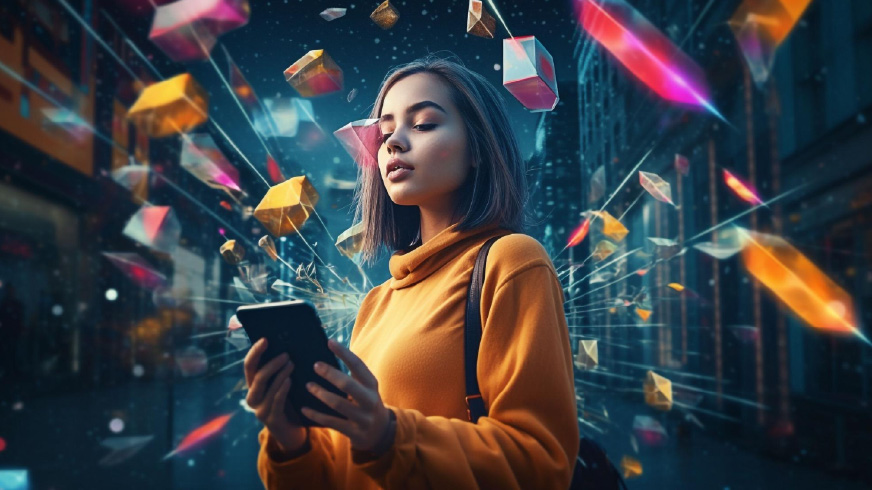
Step 5. Social Media Profiling:
Platform Selection Which platforms are the most trendy among your target group? Instagram, TikTok, or maybe YouTube? Open a profile for yourself. Profile Creation: Create visually attractive profiles that easily articulate what your influencer stands for and their niche.
Step 6. Content Strategy:
Developing a mix of content types—posts, stories, videos—that are suitable for your influencer’s persona and, more generally, to the interests of their followers. Developing Narratives: Base your content on the experiences or opinions of an influencer you work with to make it exciting and engaging. Make moving images with D-ID Creative Studio or create AI videos with Runway ML for the runway.
Step 7. Engagement and Growth:
Set up automation in giving replies or using the Artificial Intelligence tools for better responses to manage incoming messages or interactions of DMs. Collaborate with other similar brands or influencers where your reach increases along with credibility.
Step 8. Monetization:
Sponsored Content: Find and collaborate with the brands aligning with the influencer’s niche and values. AFFILIATE MARKETING Affiliate marketing should be done subtly, in a way that doesn’t interfere with the content. FANVUE Find a way to monetize either by involving Adult Content Creation on a subscription model or in a custom-made content.
Step 9. Analysis and Adaptation:
Monitoring Performance Monitor analytics regularly to understand what type of content is working best and adapt your strategy. BE FLEXIBLE Be ready to change the influencer’s persona or content strategy based on audience feedback and changing trends.
Step 10. Legal and Ethical Considerations:
Disclosure: Always let it be known that your influencer is an AI, also for any sponsored content Regulatory Compliance: Inform yourself regularly about the state of social media and general advertising rules to have your content being compliant, or, if you want a more accessible, less painful way to make AI Influencers, there is help. See our in-depth review of RenderNet with a consistency-of-character feature.
Use RenderNet AI

Pros:
Broader scope of Modes to select the artistic style you would like the images to be generated in; the pictures produced are high quality and in line with the chosen Modes. Unique features that aim to address practical use cases High level of customization to modes, fine-tuning and settings to control the output Very straightforward and easy-to-navigate interface Simple design Free Trial available
Cons:
Image creation times are slow to load on the system (meaning the more modes you select simultaneously, the longer it takes for the images to generate)
Professional Prompt Assistant:
Get help with complex prompts with the power of AI FaceLock: Ensures the face of the character in multiple images remains the same, regardless of the wardrobe, pose, or environment. ControlNet: The reference image should help generate the image, with assured pose, composition, and artistic influence. Magic Mode RenderNet AI supports unique configurations to create images with the appearance and characteristics inspired by real-world cameras, lenses, and photographic methods. The following are examples: Leica SL2, iPhone 14 Pro, and more. Modes RenderNet AI generates images based on the Stable Diffusion Model in various modes, including : Hyper Realistic, Anime, Cinematic, RPG, and more. LoRa Models: Take more control over the output with fine-tuned LoRa Models on top of your basic model

